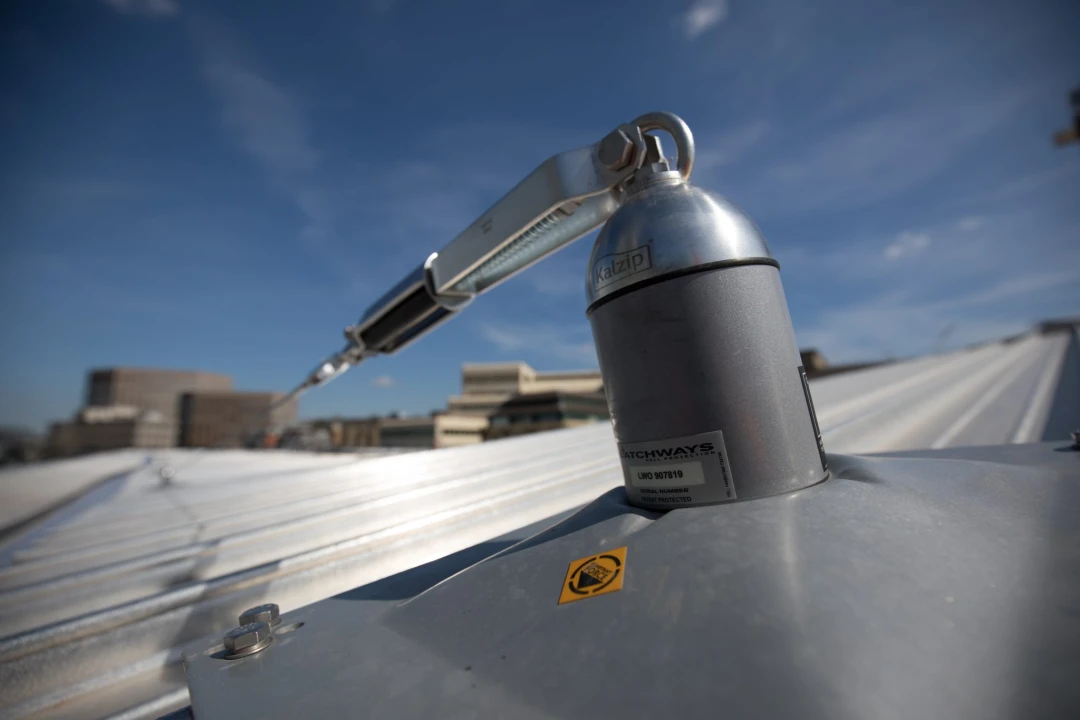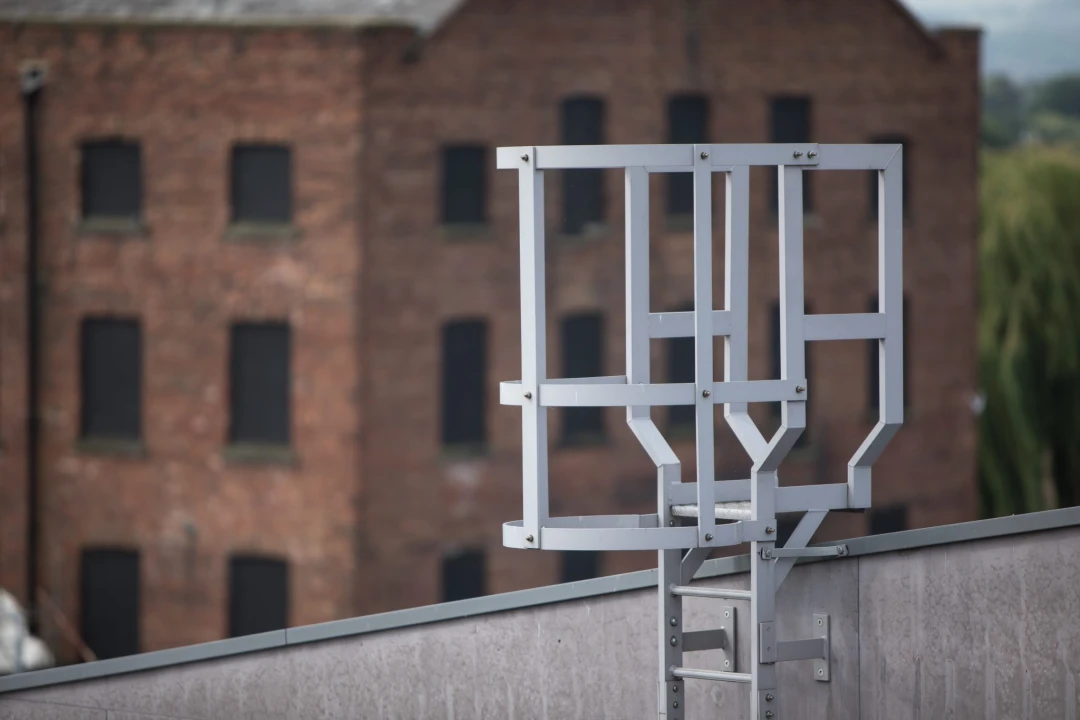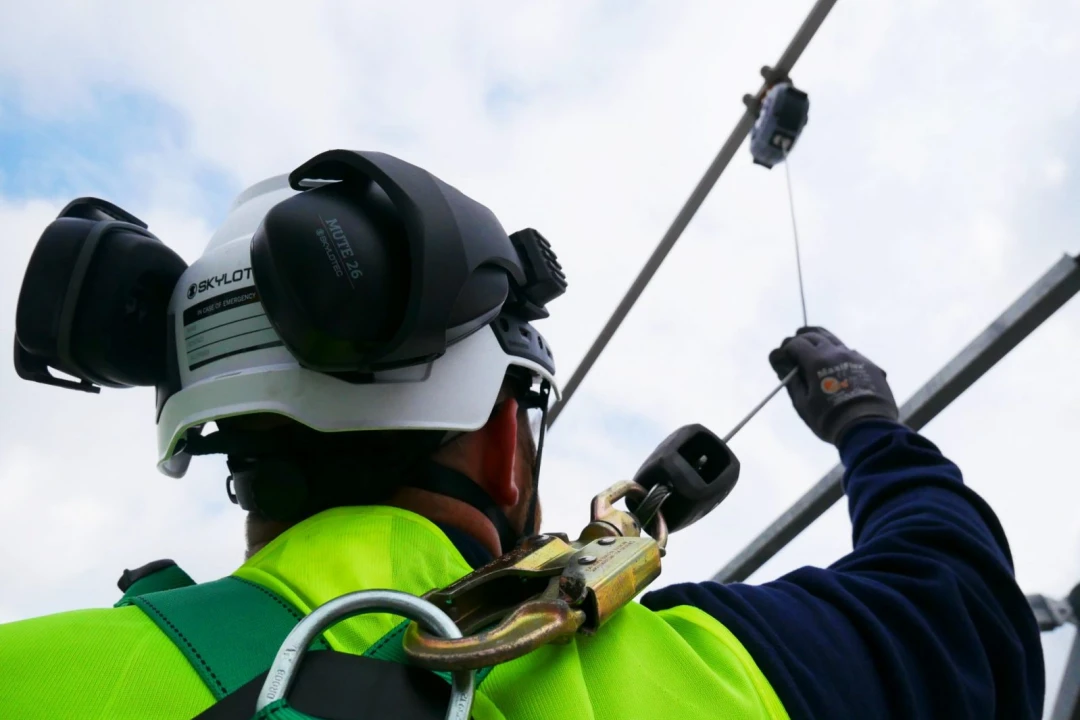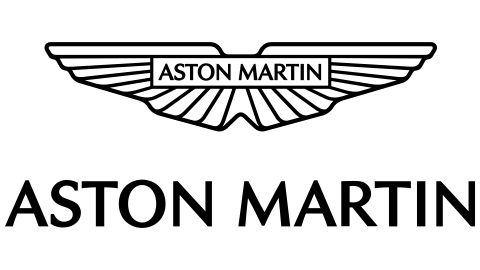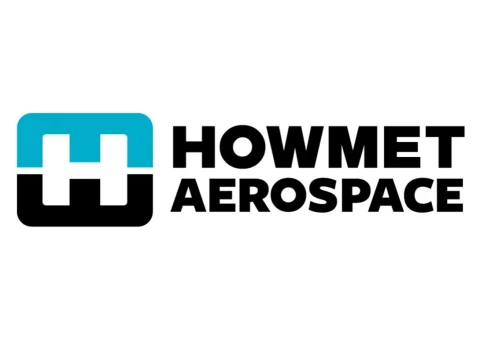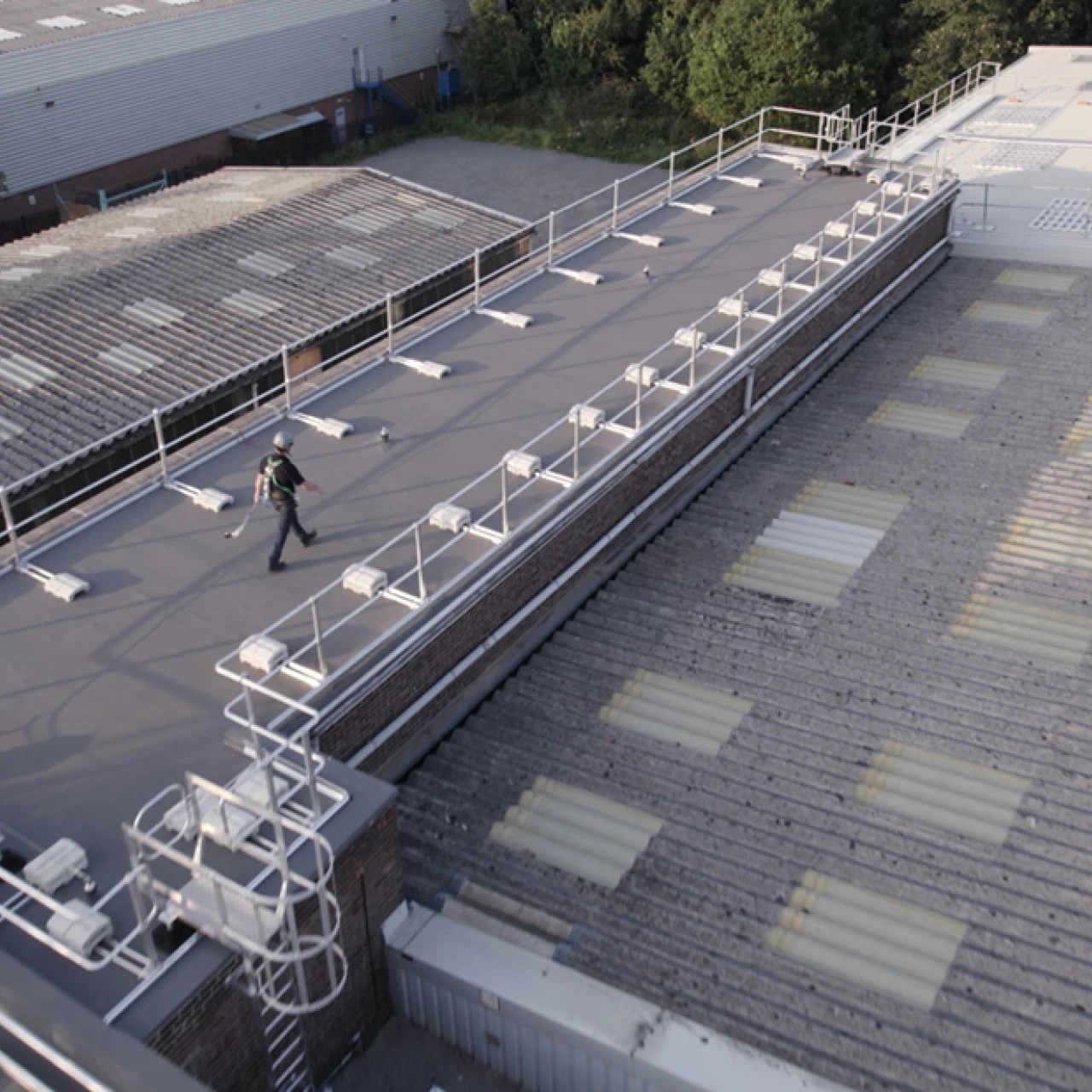

- Knowledge Base
- Tips & Explanations
- 6 tips for making roof access safe for your employees
6 tips for making roof access safe for your employees
Working at height is incredibly high risk even for the most skilled worker. One slip can lead to serious injuries or a fatality. It’s YOUR responsibility as an employer/property manager to do everything in your power to ensure safe roof access for employees/trades each and every time.
To keep your workers safe, you must use the correct fall protection systems such as a compliant roof access hatch, compliant roof ladders, fall arrest systems and guardrails.
Along with the using the right equipment, you must keep the following 6 tips in mind to ensure fall hazards are kept to a minimum or eliminated completely.
Using correct PPE is the first step towards protecting employees who are working on roofs. Soldiers never go to battle without the appropriate armour. Why should your workers climb on roofs without protective gear? Always ensure that your workers are wearing the right gear for the task such as the following:
Harnesses: Now isn’t the time to compromise on your workers’ safety by picking poor quality harnesses. Purchase quality full-body harnesses for employees that are comfortable, easy to adjust and designed to function as intended.
Lanyards: Pick the correct lanyard in relation to the task. opt for a retractable lanyard if your workers are working from a higher platform.
Always inspect the PPE to ensure that it’s working optimally at all times. It could be the difference between life and death. The user must be trained to use the equipment he or she is using
Use the correct fall protection system for the task. Consider if the job is once-off or if you need permanent equipment for regular maintenance. Below are a few options:
Roof hatch: A roof access hatch provides safe access for workers to a roof. When buying a roof access hatch Melbourne construction companies must opt for a robust and durable system that’s extremely secure. Cheaper isn’t always good enough!
Ladder systems: Using a ladder for roof access isn’t uncommon among many construction companies. But simply because ladders seem somewhat straightforward to use, doesn’t mean they are. Ladders can be very dangerous if not used properly. Consider the length of the ladder in relation to the roof height, whether the user has three points of contact at all times and if it’s sturdy & stable. It is strongly recommended that you must not use a ladder over 4.5m
Roof anchor points: Use roof anchor points that are designed and installed by professional engineers. They should be designed according to the recommended safety standards.
Static Line Systems: Static line systems allow the user to remain hooked on continuously when working at heights. They are a great form of fall protection and are widely used when working at heights.
We strongly advise that you take advantage of the buddy system each time your workers are working on roofs. Going on the roof alone isn’t advisable in case something happens. Also, it’s always wise to have a second set of eyes in case certain safety precautions are overlooked by one team member.
It may not be realistic for two workers to go on a roof, especially when working on small-scale projects. In this case, at least make sure the worker on the roof has a means of communicating with someone below. A radio or phone can suffice in this regard. Encourage your workers to check in at least every 15 minutes to confirm their safety.
Accessing the roof should never be done in a random manner. Make sure that there are procedures in place that must be followed by all workers planning to work at height. Roof access rules should require workers to:
Inform the supervisor when going on the roof.
Stipulate specific times employees are allowed on roofs.
Outline procedures to be followed when accessing a roof.
Safety checklist to ensure that all necessary precautions are undertaken.
Have a sign-on register with roof permit system.
Make sure that your workers abide by the 2m rule. At no point should employees work 2m from the edge of the roof. That’s unless there’s a roof safety rail system in place. Tip: clearly mark the area which is out of bounds.
No matter which fall protection system you decide to you use, train your workers before use. There’s no room for error, confusion or uncertainty regarding how to use fall protection equipment. Training should be conducted properly and thoroughly. It’s your legal obligation, but also a responsibility as a caring employer.
Here at Eurosafe, we prioritise your workers’ safety. We offer quality fall protection systems designed to keep your workers safe and secure. And all our products are made to comply with the strictest safety standards.
Eurosafe is a market leader when it comes to height safety solutions.
Learn more about...


